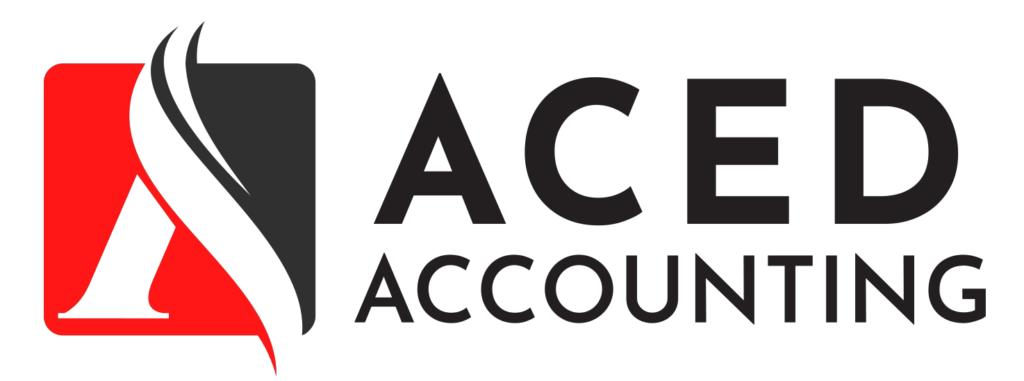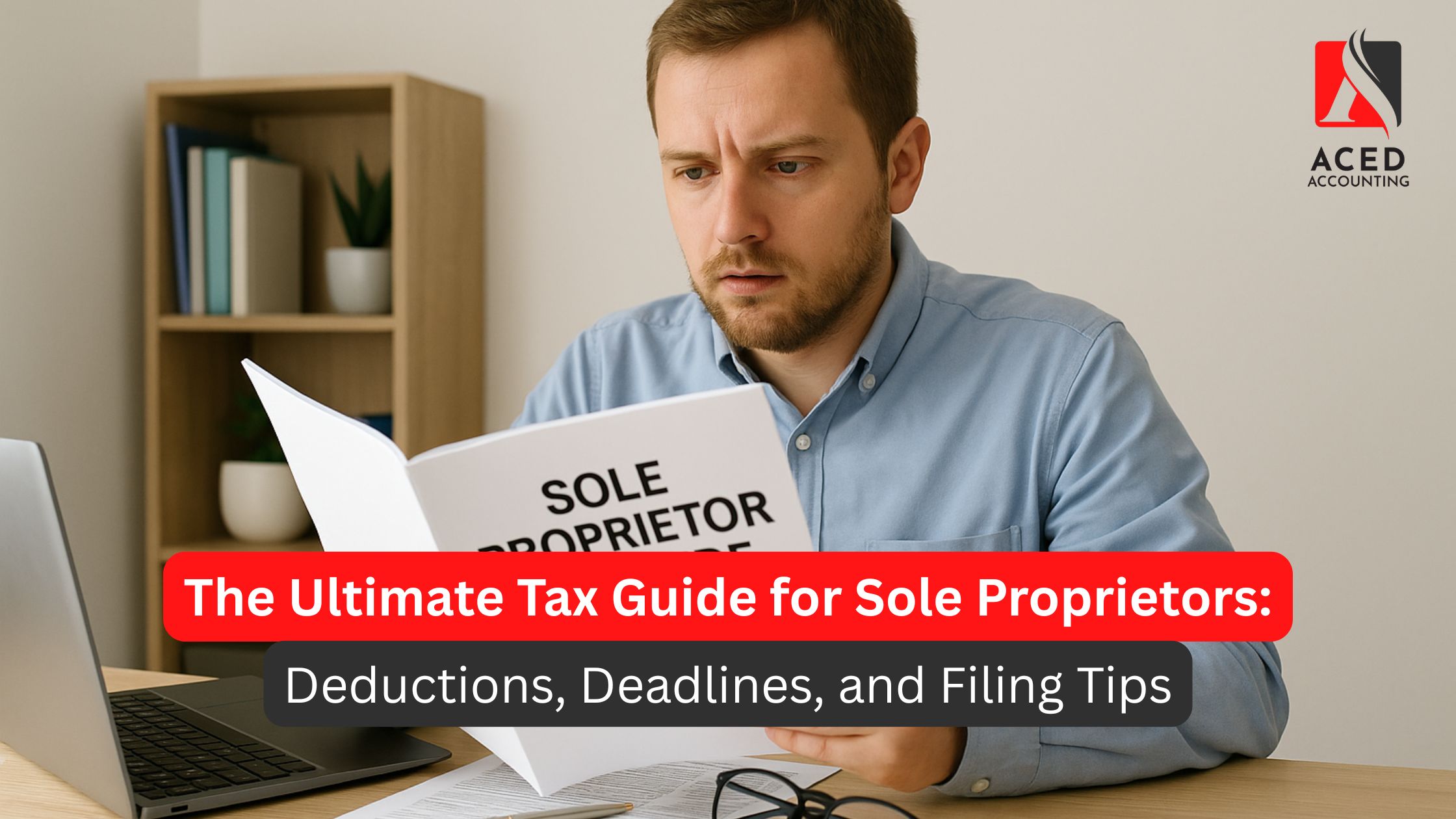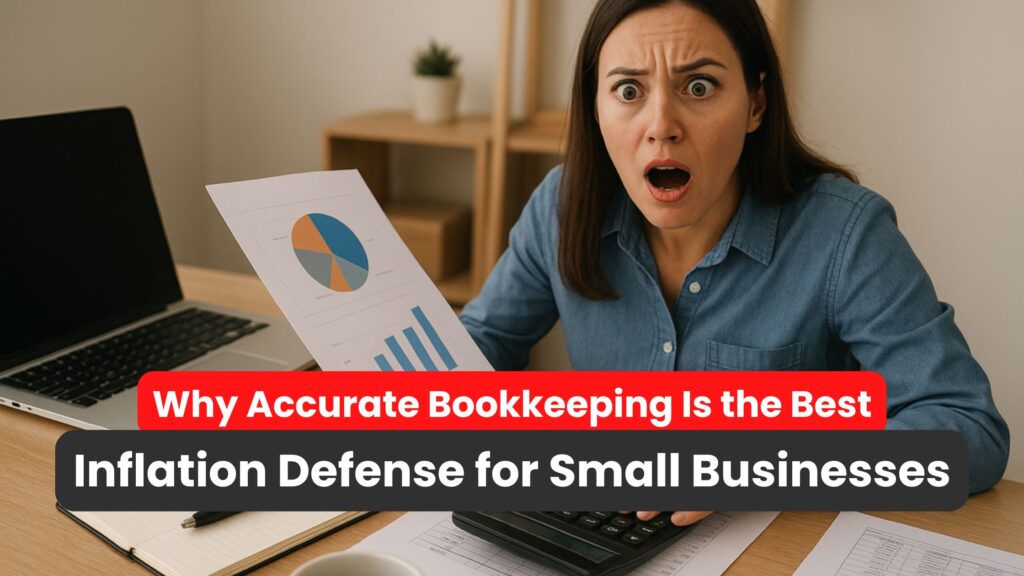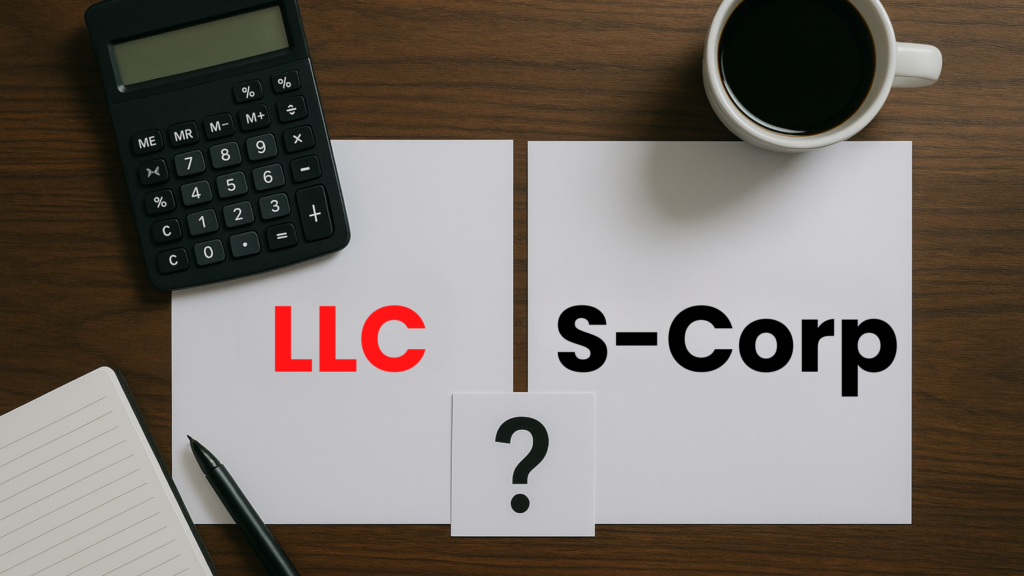Running your own business can be exciting, rewarding, and – let’s be honest—sometimes overwhelming, especially when tax season rolls around. If you’re a sole proprietor, understanding your tax responsibilities is crucial to keeping your business healthy and compliant with the IRS. In this guide, we’ll walk you through everything you need to know about sole proprietorship taxes, from what you owe and when, to what you can deduct and how to avoid common mistakes.
What is a Sole Proprietorship?

A sole proprietorship is the simplest and most common type of business structure. It means there’s no legal separation between you and your business – you are the business. If you’re freelancing, consulting, or selling products/services without having registered as an LLC or corporation, you’re likely a sole proprietor.
There are no formal registration requirements to become a sole proprietor, and you report business income and expenses on your personal tax return. This simplicity is great, but it also means you’re personally liable for business debts and responsibilities including taxes.
Tax Responsibilities for Sole Proprietors
As a sole proprietor, your taxes are a bit different from someone who works a regular 9-to-5 job. Here are the key things you need to know:
1. Self-Employment Taxes
You don’t have an employer withholding taxes from your paycheck, so you’re responsible for paying your own Social Security and Medicare taxes. This is known as self-employment tax, and it’s currently set at 15.3% (12.4% for Social Security and 2.9% for Medicare).
2. Federal Income Taxes
Your business income is added to your personal income on your Form 1040. You’ll use Schedule C to report your business income and expenses, and Schedule SE to calculate your self-employment tax.
3. Quarterly Estimated Taxes
Since taxes aren’t withheld from your income, you’re required to make quarterly estimated tax payments to the IRS. These payments are due in:
- April
- June
- September
- January (of the next year)
Failing to make these payments can lead to penalties, so it’s important to set aside a portion of your income as you earn it.
Tax Deductions You Shouldn’t Miss
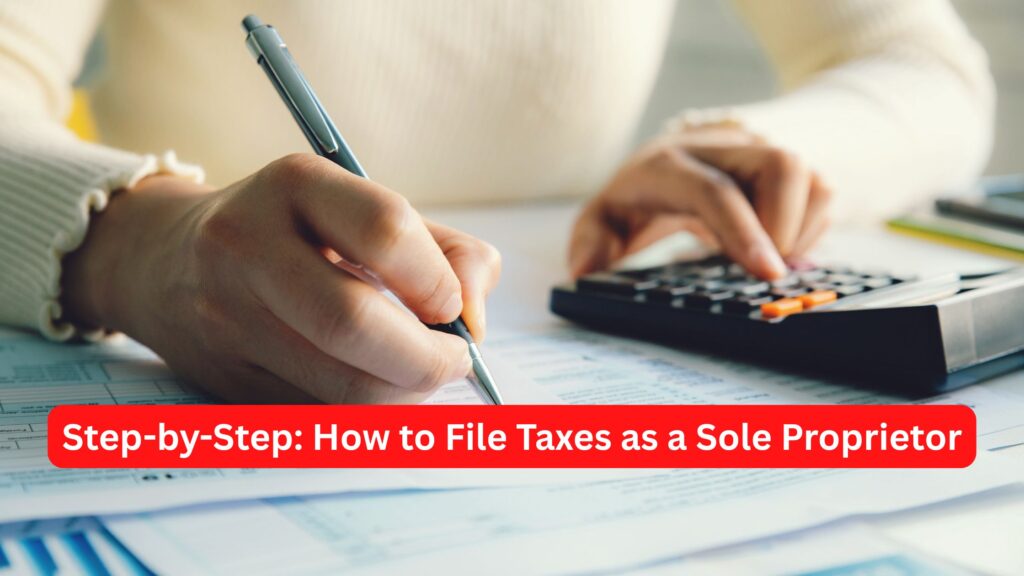
One of the best things about being self-employed is the ability to deduct certain expenses that reduce your taxable income. Here are some common deductions for sole proprietors:
1. Home Office Deduction
If you use part of your home exclusively for your business, you can deduct a portion of your rent or mortgage, utilities, and home maintenance.
2. Office Supplies and Equipment
Paper, pens, printer ink, laptops, desks – if you use it for your business, it may be deductible.
3. Internet and Phone
You can deduct a percentage of your internet and phone bills that relate to your business use.
4. Business Travel and Meals
Traveling for work? You can deduct airfare, hotel stays, car rentals, and 50% of business meals.
5. Software and Subscriptions
Whether it’s accounting software or a subscription to a trade publication, these are often deductible.
6. Health Insurance Premiums
If you pay for your own health insurance, you may be able to deduct premiums for yourself, your spouse, and dependents.
Keeping good records is essential. Save your receipts and track expenses with bookkeeping software or an accountant.
Step-by-Step: How to File Taxes as a Sole Proprietor
Here’s a simplified step-by-step overview of how to file your taxes:
Step 1: Gather Income and Expense Records
Collect all invoices, receipts, bank statements, and financial records from the year.
Step 2: Complete Schedule C
Use this form to report your business income and deductions. The net profit or loss from this form is transferred to your Form 1040.
Step 3: Calculate and Report Self-Employment Tax
Use Schedule SE to calculate how much you owe in Social Security and Medicare taxes.
Step 4: File Your Tax Return
Attach all necessary forms (Schedule C, Schedule SE) to your Form 1040 and file by April 15th, or request an extension if needed.
Step 5: Pay Estimated Taxes (If Required)
If you expect to owe more than $1,000 in taxes, you should pay estimated taxes quarterly to avoid penalties.
You can file your taxes using IRS Free File, commercial tax software, or by working with a professional accountant.
Common Mistakes to Avoid
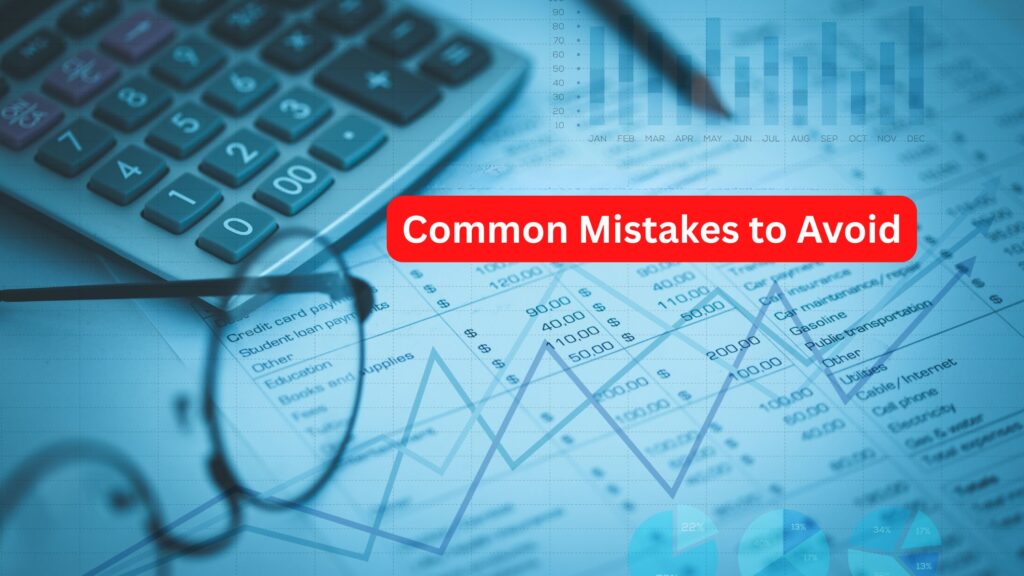
Even experienced business owners make mistakes. Here are a few to watch out for:
- Not setting aside money for taxes: It’s smart to save 25–30% of your income for taxes.
- Mixing personal and business expenses: Always keep business finances separate.
- Missing deductions: Many business owners forget to claim things like mileage or software subscriptions.
- Missing deadlines: Late filings or payments can result in penalties.
How a CPA Can Help
Taxes can get complicated fast, especially if your business is growing or you have multiple income streams. A Certified Public Accountant (CPA)\ can:
- Help you claim all the deductions you’re entitled to
- Make sure you’re paying the right amount in quarterly taxes
- Keep you organized and compliant
- Save you time and stress during tax season
Working with a professional can often result in more tax savings than the cost of their services.
Final Thoughts
Paying taxes as a sole proprietor might feel daunting at first, but with the right tools and knowledge, it becomes much more manageable. Keep good records, stay ahead of deadlines, and take advantage of every deduction you’re eligible for. And remember, you don’t have to do it all alone.
At Aced Accounting, we specialize in helping business owners like you stay on top of their taxes and finances all year long. From organized bookkeeping to expert tax preparation, our team makes sure nothing slips through the cracks – so you can focus on growing your business. Contact us today to schedule a free consultation and let us help make tax season stress-free and successful.
